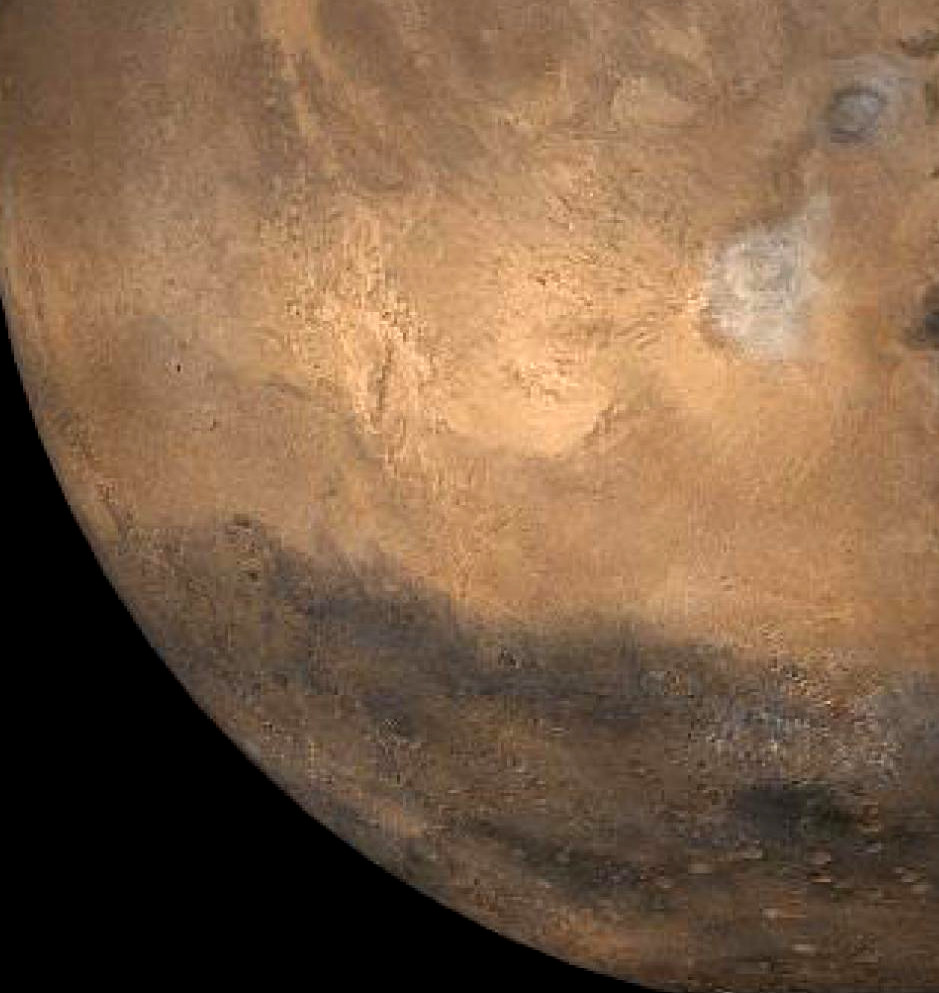Locals aid Martian study
 Australian researchers have helped a robot on Mars detect meteoroid impacts.
Australian researchers have helped a robot on Mars detect meteoroid impacts.
NASA's Mars InSight lander has detected meteoroids as they enter the Martian atmosphere and crashed into the red planet.
With a little help from the Mars Reconnaissance Orbiter (MRO), and experts from Curtin University, scientists have been able to triangulate the exact impact crater that these meteors made, which is a first for impacts on a planet other than Earth.
The atmospheric entry and surface collision of a meteoroid at high speeds generates shock waves. These decay into seismic and acoustic waves that can be detected by seismometers.
Such waves have been recorded for airburst events - where the impactor breaks up before reaching the surface - in Earth’s atmosphere, and for the formation of a single small impact crater on Earth.
However, geophysical observations of new crater formation on other planets have been limited.
Researcher Raphael Garcia and colleagues analysed seismometer data from the InSight lander and identified seismic and acoustic waves from four events.
The authors used the arrival times of the waves to calculate the location of each of these four events, and then requested imaging from the Mars Reconnaissance Orbiter to confirm the impact sites for three of them (the fourth was a seismic event associated to an impact previously detected by imaging).
With the source craters known, the impact-induced waves can be used to provide information about the cratering process and the properties of the Martian atmosphere and crust.
The authors conclude that these findings demonstrate the value of planetary seismology for studying impact processes on other worlds.
The study is accessible here.








 Print
Print